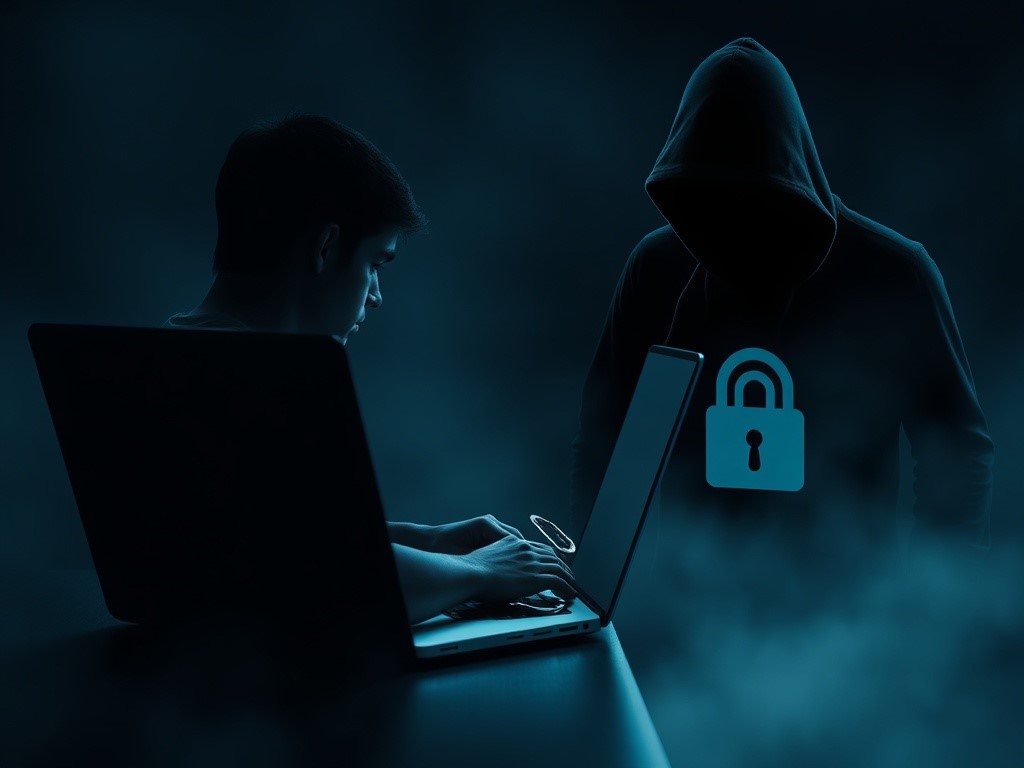PIC25: How to protect from phishing using practical tactics, mindset shifts, and radical awareness against digital manipulation.
Phishing isn’t just some random scam email asking for your bank details. That’s amateur hour. Today’s phishing attacks are sophisticated psychological traps designed to disarm you with urgency, familiarity, and false trust. They don’t just want your password, they want your brain on autopilot. The kind of autopilot we all slip into when distracted, busy, or too confident in our own savviness.
You clicked on this article because you either encountered pic25 in some phishing-related context, or you’re actively trying to understand what this term means and how to defend yourself against whatever threats it may bring. Let’s dig into that, deeply, honestly, and practically.
What You'll Discover:
What Does pic25 Mean in the Phishing World?
Let’s cut the noise.
pic25 isn’t universally defined in cybersecurity glossaries. But based on search intent, user behavior patterns, and references found online, it often pops up in:
- Email subject lines of scammy phishing emails
- Spoofed company messages imitating real platforms
- Spam message tags or fake file attachments (e.g., invoice_pic25.pdf)
So what’s the takeaway? pic25 is likely a decoy or bait keyword used in phishing attempts, something that sounds technical, maybe credible, but actually holds no standard meaning. It’s bait.
Phishers are betting on curiosity, urgency, or confusion.
The Anatomy of a Phishing Attack
Understanding phishing isn’t about memorizing definitions. It’s about recognizing patterns and training your gut to react.
Step 1: The Hook (Disguised Familiarity)
Ever received an email that starts with:
“Hi, your payment has failed. Please review the attached invoice (PIC25) to avoid account suspension.”
Boom. They’ve mimicked the voice of a service you probably use, maybe even added your name, signature, and branding.
Tactics Used:
- Urgent tone
- Fake file or link (often labeled innocuously like pic25.pdf)
- Slight email spoofing (e.g., support@paypa1.com)
Step 2: The Bait (Emotional Manipulation)
They pressure you. A fake deadline. A threat of losing something. A need to act now.
Your brain thinks: “Better check this quickly before I lose my Netflix!”
Exactly what they want.
Step 3: The Switch (Data Capture)
You click, land on a lookalike site, enter credentials, and bam. Your identity, money, or sensitive info is in their hands.
Why Phishing Still Works (And Keeps Getting Smarter)
Despite endless warnings, phishing is thriving. Why?
- It adapts faster than public awareness.
- It plays on human emotions, not technical vulnerabilities.
- It disguises itself in the language of trust.
Phishing doesn’t rely on you being dumb. It relies on you being human.
The 8 Radical Rules to Protect Yourself from Phishing
You don’t need to become a cybersecurity expert. You need a mindset shift, and a toolkit of habits that keep you alert. Here’s the radically practical playbook:
1. Doubt First, Trust Later
If an email feels even slightly off, assume it’s a lie.
Check the domain. Cross-reference the message with the company website. Call support if you’re unsure. But never blindly click.
For Example:
If someone came to your door claiming they were from your bank but wore a delivery uniform, would you let them in?
2. Kill the Click Reflex
We’re wired to click fast. Break that habit.
Hover over links before clicking. Check where they actually lead.
If it’s labeled “invoice_pic25.pdf” but the link redirects to a weird Russian URL, walk away.
3. Use Zero Trust Email Filters
Use spam filters like they’re bodyguards. But don’t rely on them entirely.
Gmail, Outlook, and others have decent phishing detection, but scammers evolve.
Tip: Add tools like ProtonMail or browser extensions like uBlock Origin and NoScript to create layers of security.
4. Verify Outside the Inbox
If your “bank” emails you, don’t click. Go to the bank’s website directly. Log in independently.
Don’t let the attacker define the battlefield.
Rule of Thumb: Never act on only what’s in an email. Cross-verify.
5. Multi-Factor Authentication (MFA) Is Your Digital Seatbelt
Even if your password leaks, MFA can save your digital life.
Quick Wins:
- Use apps like Authy or Google Authenticator
- Avoid SMS-only codes (they can be hijacked)
- Never approve MFA requests you didn’t initiate
6. Learn to Read Between the Lines
Phishing emails often have subtle signs:
- Awkward grammar
- Slight logo distortions
- Weird time stamps or misspellings (e.g., “PIC25 attachmnet”)
Once you train your eye, these signs pop out like glitches in the Matrix.
7. Never Download Attachments from Unknown Sources
Attachments like pic25.pdf, invoice25.zip, or security_update.exe are often poisoned files.
If you’re not expecting it, don’t touch it.
Think of it like picking up a USB stick from the street. Don’t.
8. Educate Everyone Around You
- Your digital hygiene only protects you.
- Phishing becomes deadly when someone in your circle falls for it.
- Share guides, talk openly about attacks, and encourage skepticism.
Advanced Phishing Threats You Didn’t See Coming
Let’s peel back the next layer. Today’s phishing isn’t just email. It’s evolved.
Smishing (SMS Phishing)
Those “Your parcel couldn’t be delivered” texts? Scams.They’re phishing via SMS, often pretending to be DHL, TCS, or even Nadra.
Tell: The link is almost always a weird domain.
Vishing (Voice Phishing)
Robocalls claiming your bank account was compromised and asking you to “press 1 to verify.”
Hang up. Then laugh. Then report it.
Social Media Phishing
You get a DM from your friend:
“Hey is this you in this pic? LOL [weird link]”
It’s not your friend. It’s an infected account baiting you to join the chaos.
Real-World Phishing Disasters (And What They Teach Us)
1. Sony Pictures (2014)
Hackers used phishing to breach Sony’s internal systems.
Result: 100TB of leaked data. Embarrassing emails. Destroyed reputation.
Lesson: One email can wreck an empire.
2. Google & Facebook (2013–2015)
A single scammer tricked both giants into wiring over $100 million using fake invoices and phishing emails.
Lesson: Even the best can be fooled.
How Companies (and You) Can Go Beyond the Basics
Email Authentication Protocols (SPF, DKIM, DMARC)
If you’re running a company, implement these NOW.
They protect your brand from being impersonated in phishing campaigns.
Anti-Phishing Training Simulations
Companies like KnowBe4 and PhishMe offer fake-phishing simulations. They’re brutally effective at waking people up.
For individuals?
Try a game like Google’s Phishing Quiz.
Let’s Talk Mindset: From Passive to Paranoid (in a Good Way)
Phishing isn’t going anywhere. But that’s not a reason to panic. It’s a call to awareness. Your safest path isn’t fear. It’s intelligent suspicion.
The next time you get an email saying “Check attached PIC25,” , pause, analyze, and then choose clarity over curiosity.
Key Takings
- pic25 is often phishing bait disguised as a technical or credible term.
- Phishing works not because we’re careless, but because scammers prey on emotion and routine.
- Always verify suspicious messages outside the source (e.g., visit bank sites directly).
- MFA is non-negotiable for all your important accounts.
- Stay skeptical of attachments and links, especially ones labeled with vague names like pic25.
- Phishing now happens via email, SMS, voice calls, and social media, know the signs.
- Protecting yourself also means educating those around you.
- Phishing attacks have cost companies millions, don’t assume you’re too small to be targeted.





